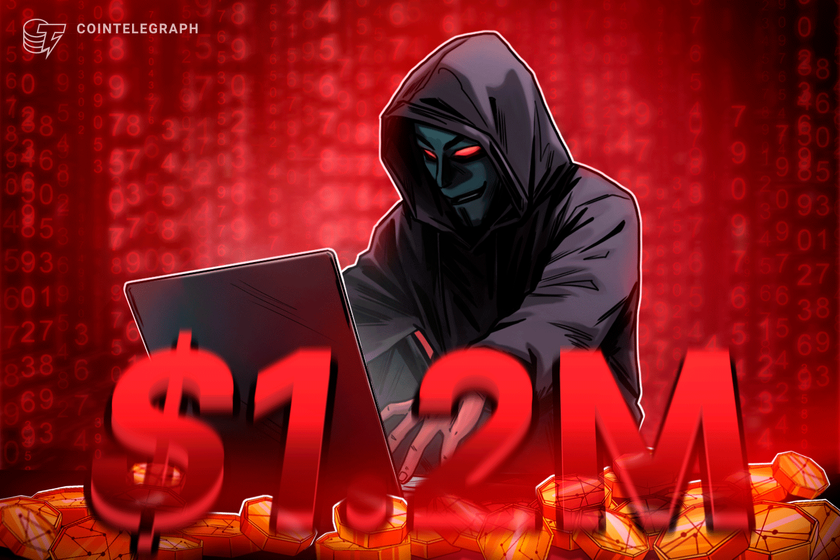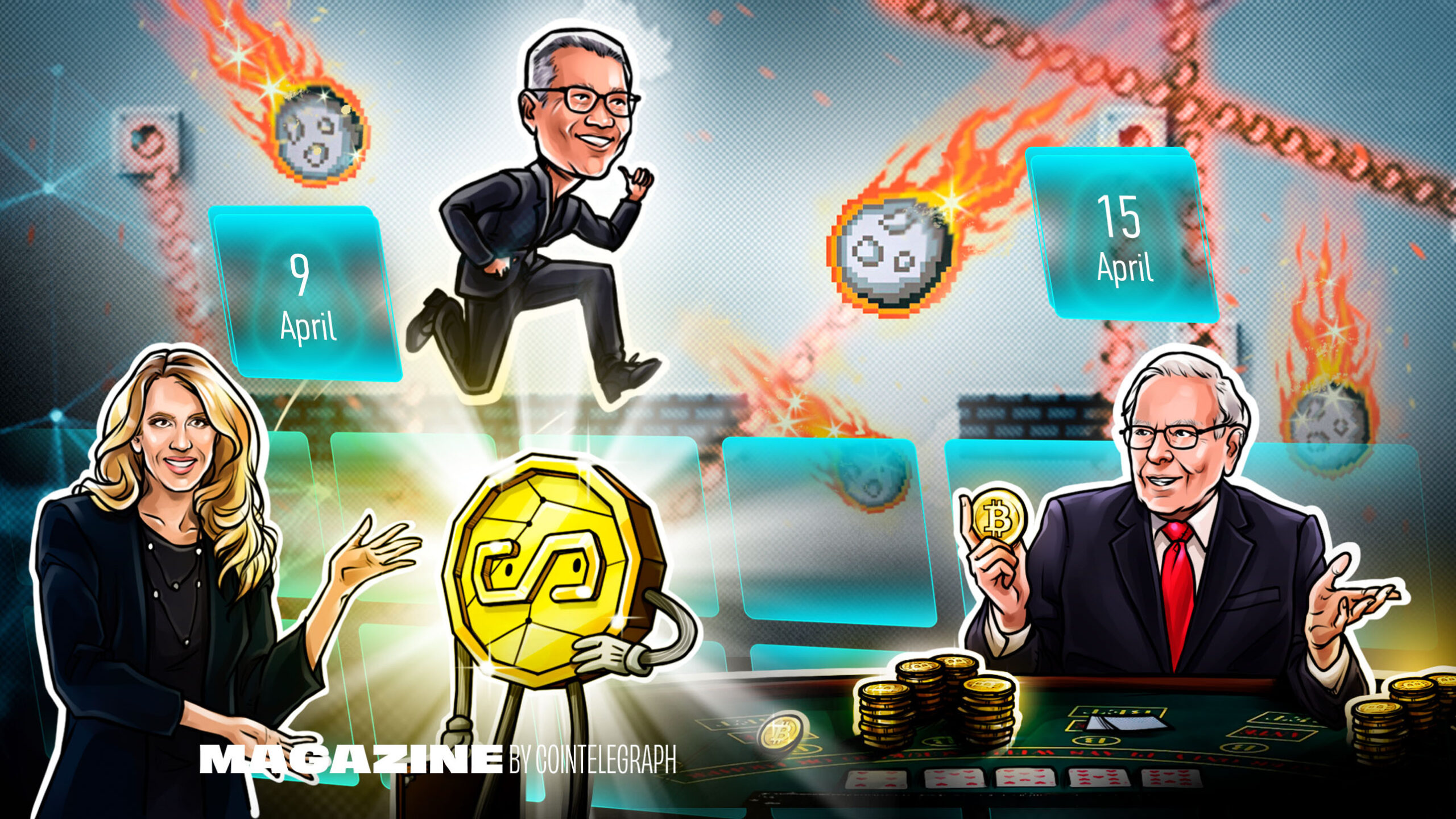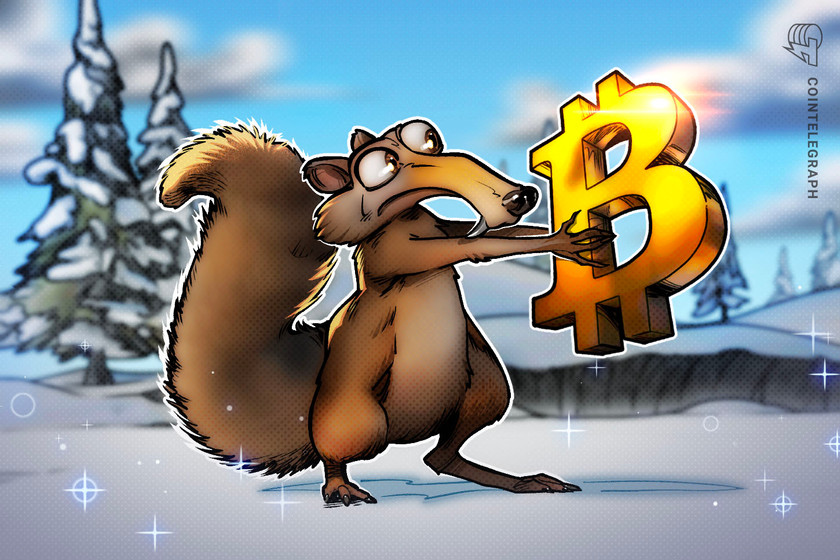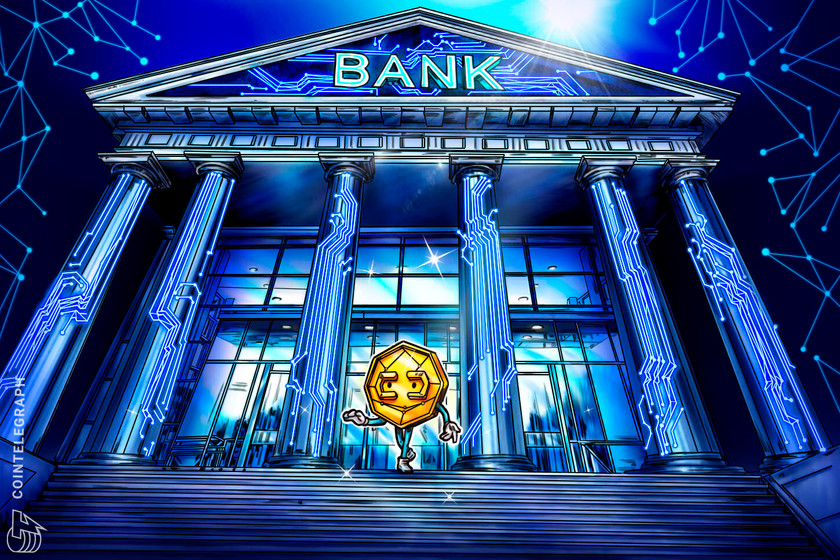India must revolutionize its digital media industry with blockchain
India has more than 65% of ut population below the age of 35, with the average age nationwide being 29 years old. Additionally, out of India’s 1.3 billion people, only half currently use mobile phones, and less than half of this number are smartphones.
Even though India is one of the world’s most populated countries, internet usage remains at 41%, with 700 million Indians currently connected to the internet. This leaves incredible room for growth in India, which lags behind other emerging economies when it comes to both internet access and smartphone ownership. This large, underserved population has long been the target of global entrepreneurs and mega tech corporations.
A $5-billion opportunity
According to a survey, roughly 84% of Indian users access the internet for entertainment purposes. In 2019, there was a surge in over-the-top, or OTT, streaming, both audio and video, primarily driven by original content and sport. For instance, the cricket World Cup streamed on OTT platforms.
And there’s also the Bollywood effect — a wave of migration of movie stars from the big screen onto streaming services. This is an effort to tap into loyal fan bases and hack adoption. It may also be good business. According to one report, India’s OTT streaming market is expected to be valued at $5 billion by 2023.
This market is currently led by the likes of Hotstar (a subsidiary of Disney), which has over 300 million users. Other big players such as YouTube, Amazon Prime and Netflix, as well as domestic services, such as Eros Now, Voot, Zee5, Arre and ALT Balaji, are building up their content libraries to win market share in India.
On the music streaming side, there are numerous options. However, despite this variety, there’s still criticism over how streaming services enable the very model that many of them originally sought to disrupt. Whether it was by design or by accident, these platforms have become the new gatekeepers of digital content and distribution.
Streaming reimagined
Technological revolutions are always carried out on the backs of idealists who often lack political clout but are driven by a burning desire for change. Many versions of this revolution are currently underway. They’re reshaping industries, washing away the foundation of legacy business and letting people build new and better systems. Yet, when it comes to digital media, there is a well-entrenched status quo that remains.
Most streaming providers currently offer either pay-to-play subscriptions or extractive ad-based systems that aggressively monetize their users’ attention. But what if there was a better way to meet digital content consumers’ needs while addressing limitations in current media models? There is, and that’s thanks, in part, to technology, that’s become more commercially viable in the last few years.
Building a new foundation
In recent years, blockchain technology has emerged as a transformative force in multiple aspects of public and private sector operations. Its promise of decentralized ownership, immutability and cryptographic data security has turned more than a few heads.
In India, blockchain use cases are getting explored, and the technology is experiencing demand in banking, insurance, logistics and healthcare. Although it’s mostly financial players that are the first movers to capitalize on this technology, others are following. We’ve moved past the stage where, in practical terms, blockchain was a little more than a buzzword. Now the hype has quieted, and more real-world implementations exist.
Digital content on the blockchain
A few blockchain-connected projects have cropped up to provide an alternative to the growing hegemony of the streaming platforms. In terms of digital content, the technology is interesting from many angles. First, it potentially lessens the power held by corporate gatekeepers. This is because, at its core, it allows for the storage and processing of data in a distributed manner without interference from a central body.
By distributing power more equitably, blockchain technology presents the possibility of redefining the relationship between content producers, brands and viewers. And this is its most exciting promise because in doing so, it alters business models and can build systems with direct participation and benefits for all stakeholders.
New solutions
A blockchain-powered video-on-demand platform stands to simplify interactions. For content creators, a primary benefit is the removal of intermediary services. At the same time, customers can take advantage of the pay-per-view model, a significant departure from standard subscription models. But it can also be taken a step further.
A blockchain-backed VoD platform can be designed to enable users to derive value for contributing their attention, engagement and data to the network. This is a key upgrade where financial inclusion is concerned. Instead of being treated as a commodity, getting charged for access or being bombarded with ads, users will be able to earn for watching content and engaging with the community. These rewards could come in the form of blockchain-based rewards — a benefit to users, as well as an engine to drive loyalty and growth on the platform itself.
Such models address issues such as revenue dilution for content creators, copyright problems and — critical in a country like India — economic access to media. Additionally, in some cases, creators have to deal with lost monetization opportunities due to distribution inefficiency, non-transparent earnings and unjustified right attributions — further issues that blockchain’s introduction is poised to resolve.
On the user side, a system with new, blockchain-based incentives removes the need to worry about data privacy in the way one might under a freemium model. Such a network is trustless and secure by design, utilizing proven encryption schemes over many years. Finally, while centralized services can be censored, controlled or even taken offline, decentralized networks remain censorship-resistant.
Better incentives
Piracy and illegal file-sharing is a major issue for digital content creators and distributors, and it is mainly fueled by cost barriers. The result is that producers aren’t properly compensated, and advertisers searching for a target audience get ignored or skipped. In particular, this is a problem for brands that crave a more direct, insight-driven relationship with consumers.
It’s possible to solve these problems by harnessing blockchain’s unique characteristics to increase transparency and disintermediate the relationship between consumers and brands. For instance, proof protocols make it possible to monitor usage accurately and watch rates, deliver real-time engagement data, and reward users for attention. This undercuts the user incentive for piracy and compensates content owners. It also creates a more direct, insight-rich relationship between advertisers and consumers.
Final thoughts
While the number of internet users and smartphone owners is trending upward, India features a unique confluence of factors: a young, tech-hungry populace and relatively low penetration rates for digital technology. Not only that, but thanks to the COVID-19 lockdown, India’s monthly active internet user base is estimated to grow faster than expected through 2021. Over the next five years, the number of users is projected to be close to 1 billion.
The current provision of digital content in India is rife with problems — centralized power, poor user experience, fragmented markets, piracy and structural restrictions — that limit consumer choice. Blockchain technology provides the backbone needed to revolutionize digital media by enabling innovations to customer experience, data-driven engagement and ecosystem economics for the benefit of the community.
The vision and the technology are there; what remains is fighting the incumbents and educating consumers that there’s a better digital world.
This article does not contain investment advice or recommendations. Every investment and trading move involves risk, and readers should conduct their own research when making a decision.
The views, thoughts and opinions expressed here are the author’s alone and do not necessarily reflect or represent the views and opinions of Cointelegraph.
Mario Casiraghi is the chief financial officer and chief strategy officer of Xfinite Global, a blockchain-powered global entertainment platform. Mario has been enmeshed in the blockchain sector since 2016, first as the founder of DandYlion and as a partner at Blockchain Solution Partners. He previously worked in traditional finance markets, both at Bank of America Merrill Lynch and at RBS.









